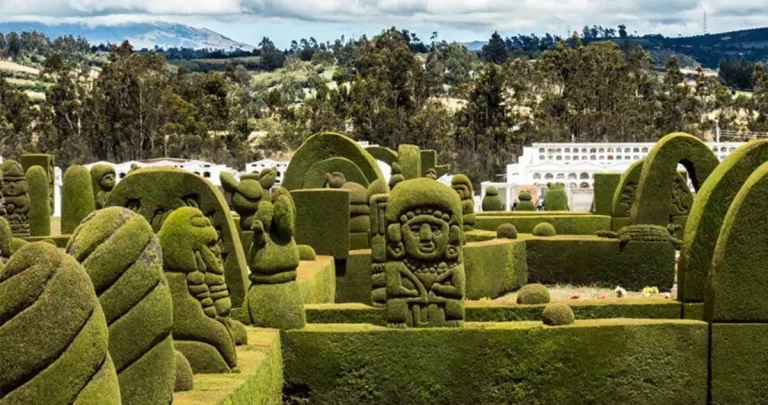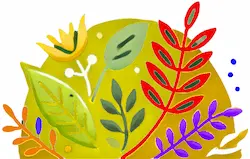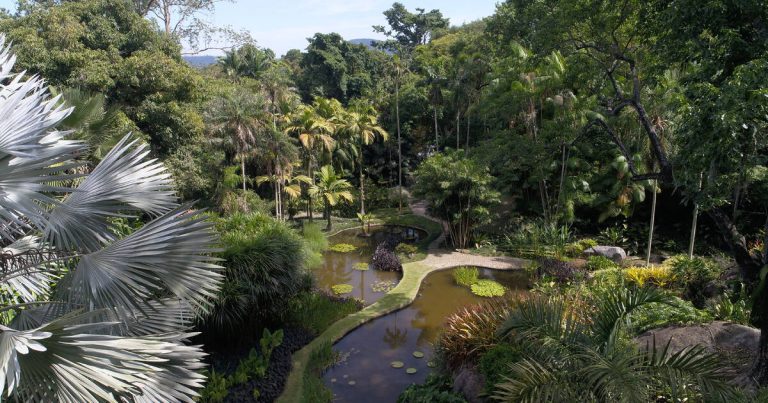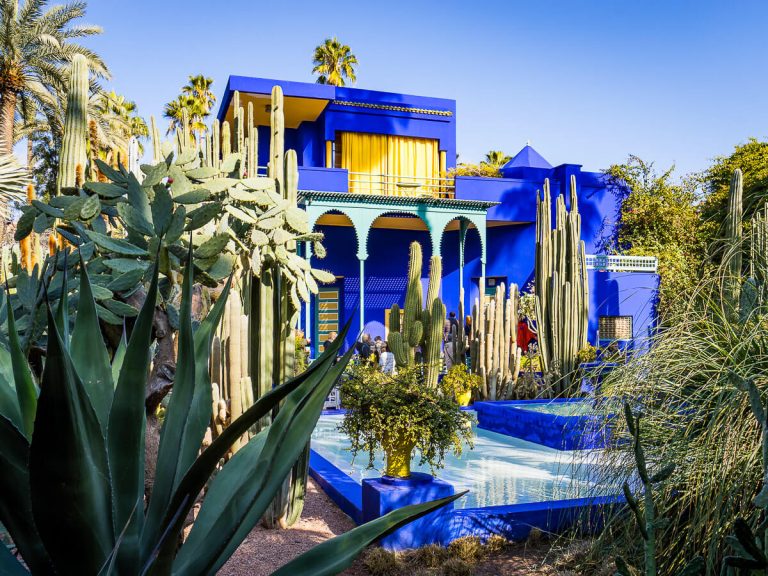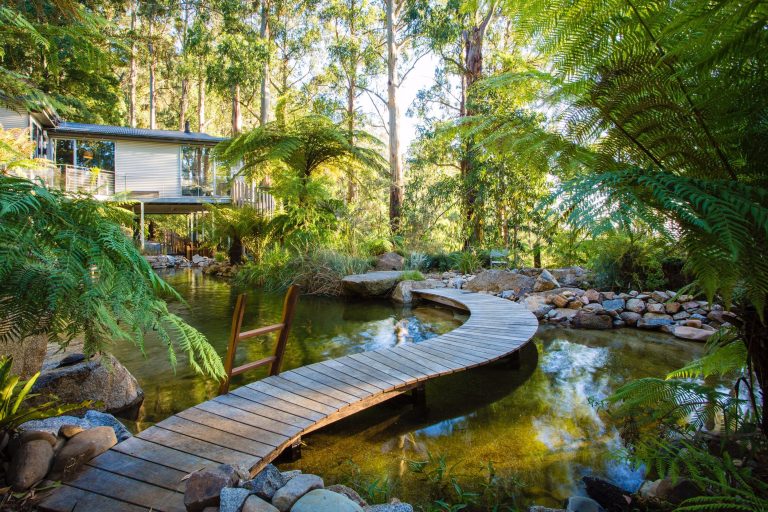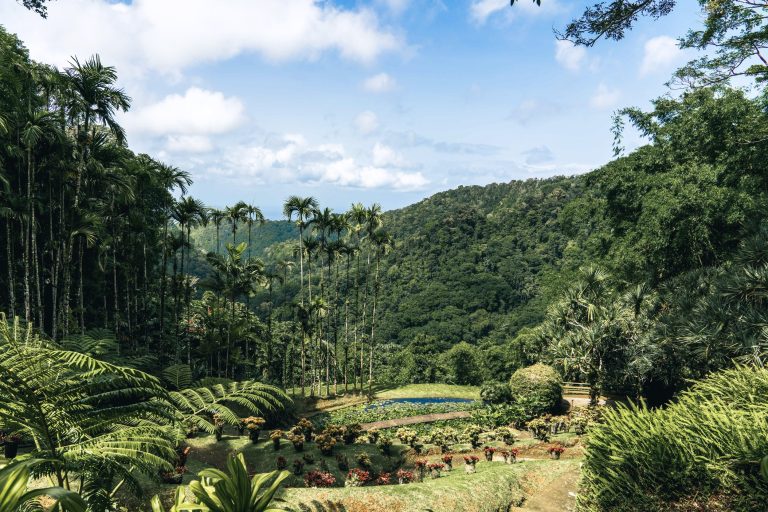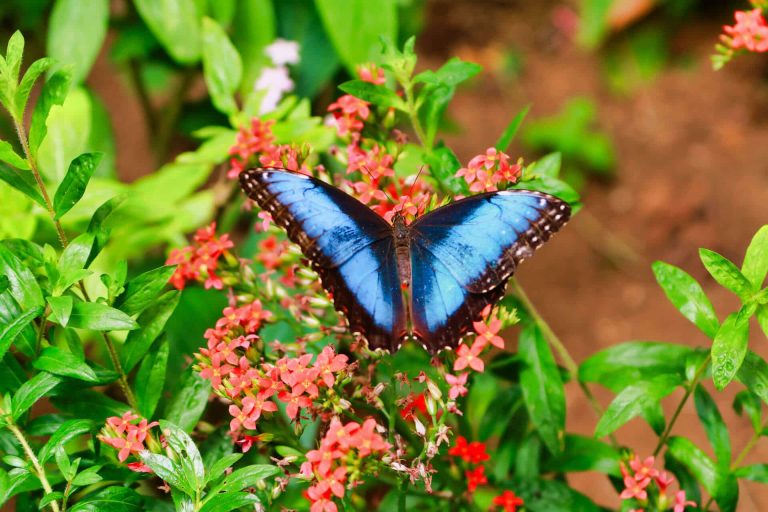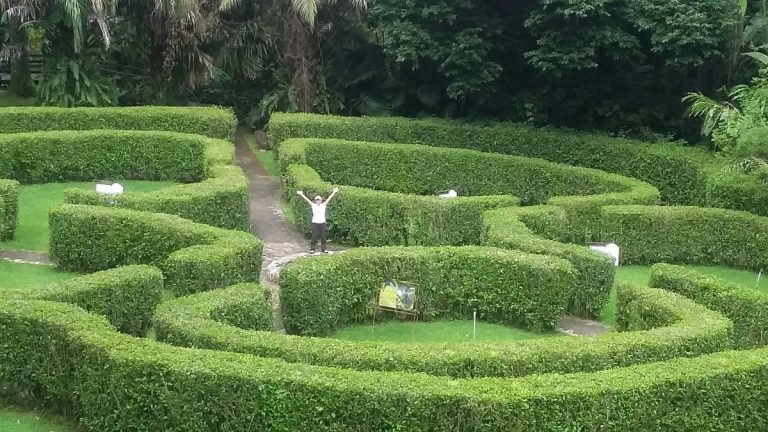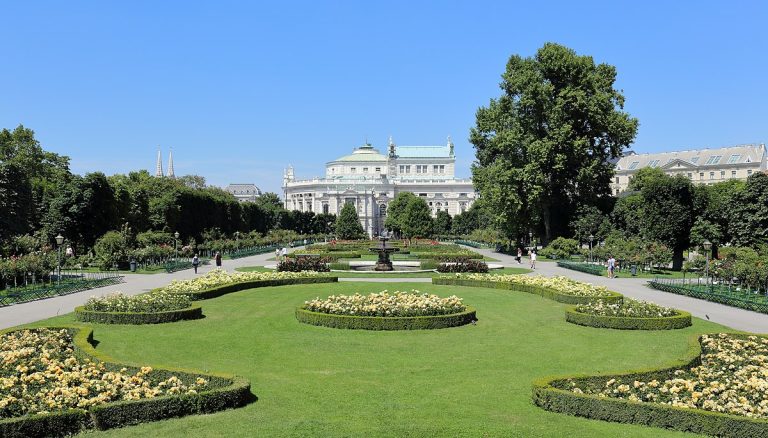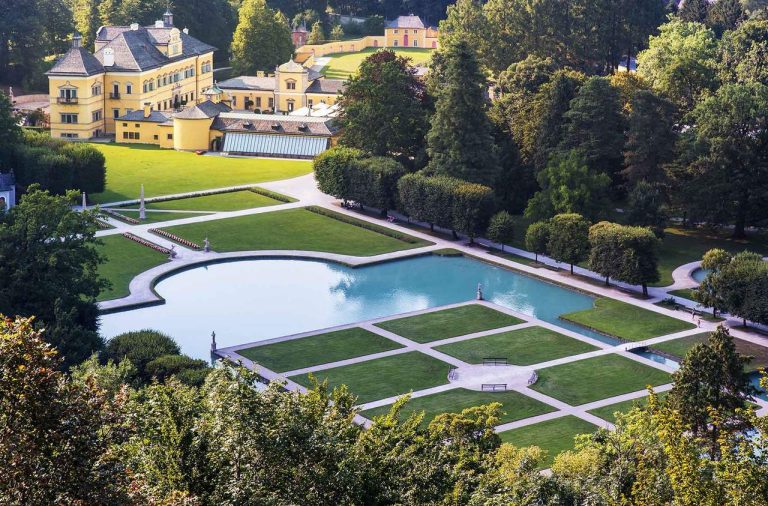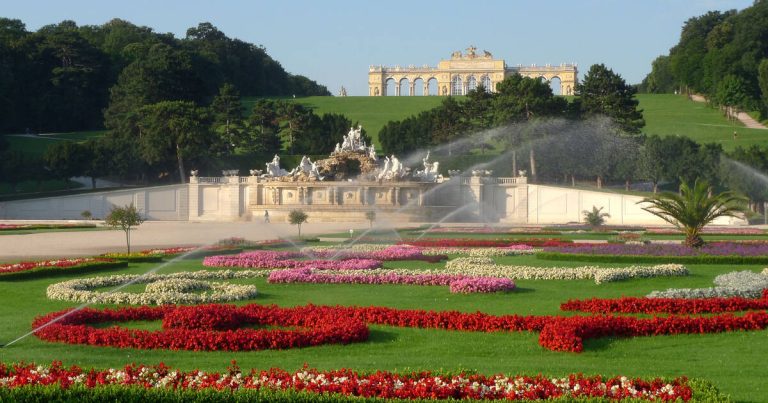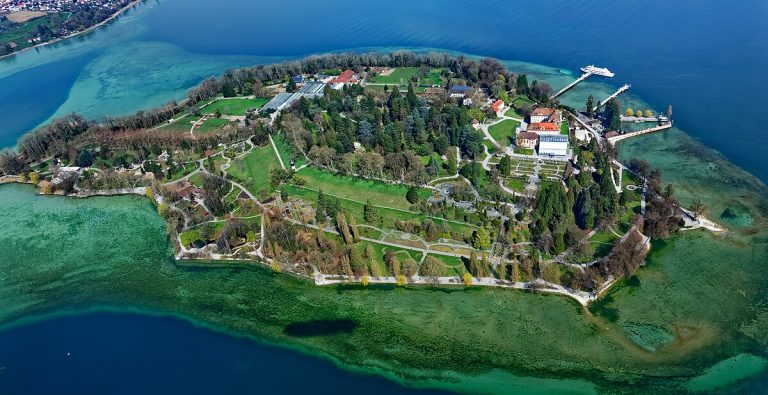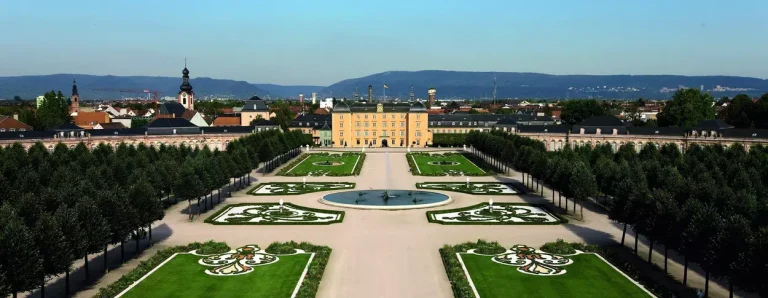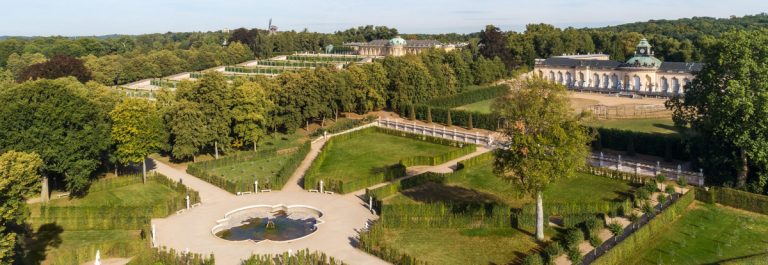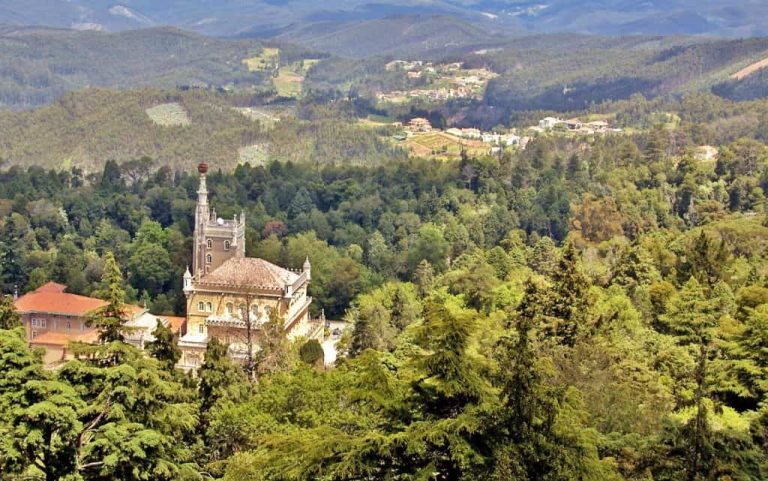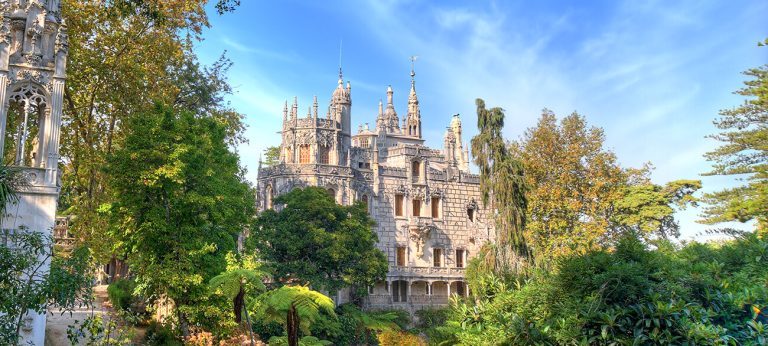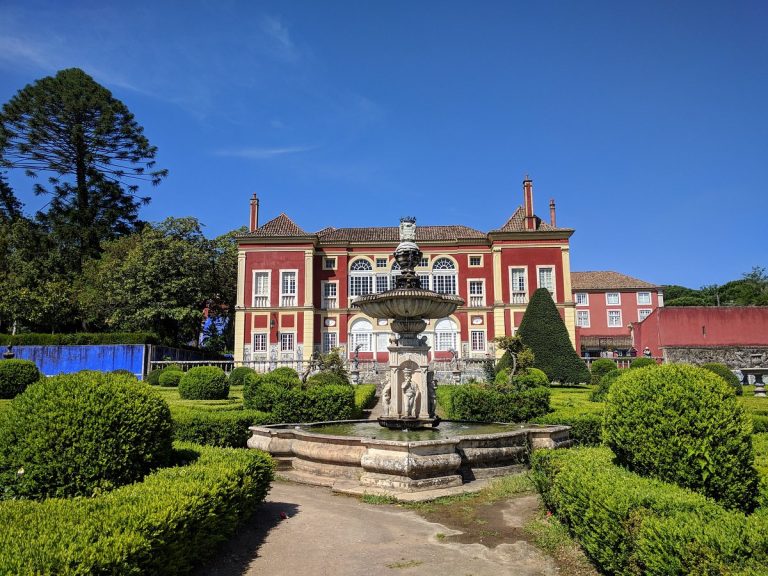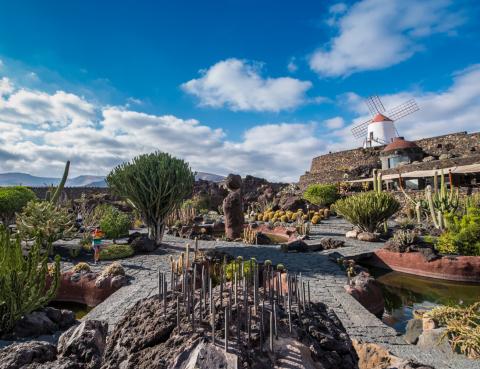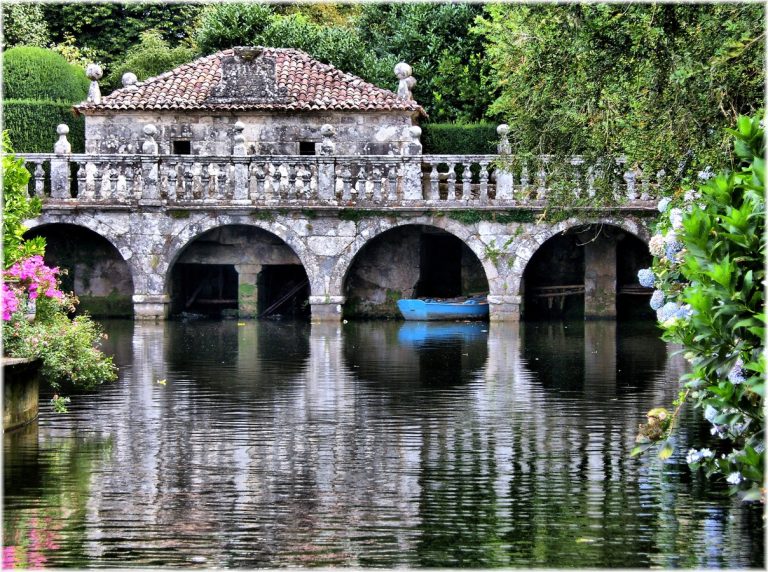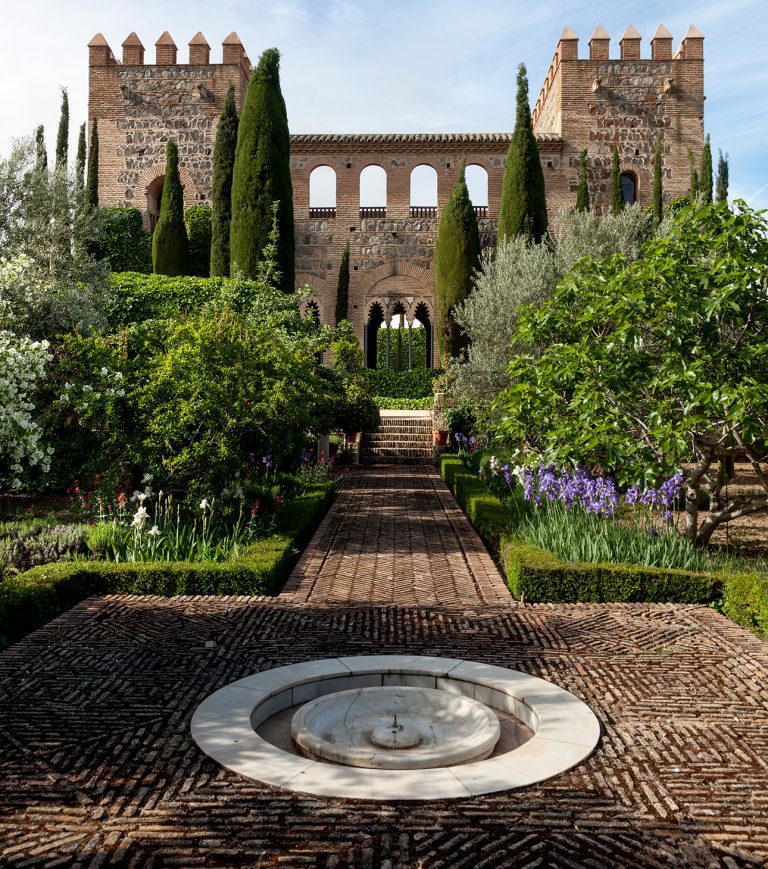The National Forest of Bussaco is a heritage of incalculable value, unique in Portugal and in the world. It currently occupies 105 hectares and has one of the best dendrological collections in Europe, with around 250 species of trees and shrubs with notable specimens. It is one of the richest national forests in natural, architectural and cultural heritage, and can be divided into three landscape units: Arboretum, Gardens and Vale dos Fetos and Relic Forest. Classified as a Property of Public Interest, the monumental complex of Bussaco mobilizes an exceptional heritage wealth. In addition to the central nucleus formed by the Palace Hotel do Bussaco and the Convent of Santa Cruz, the hermitages, the chapels of devotion and the Steps that make up the Via Sacra, the Fence with the Doors, the Military Museum and the commemorative monument of the Batalha do Bussaco, the crosses, the fountains (the Fonte Fria with its monumental staircase stands out) and the cisterns, the viewpoints (the one at Cruz Alta offers a privileged view over the entire region between Coimbra and Serra do Caramulo) or the forest houses.
